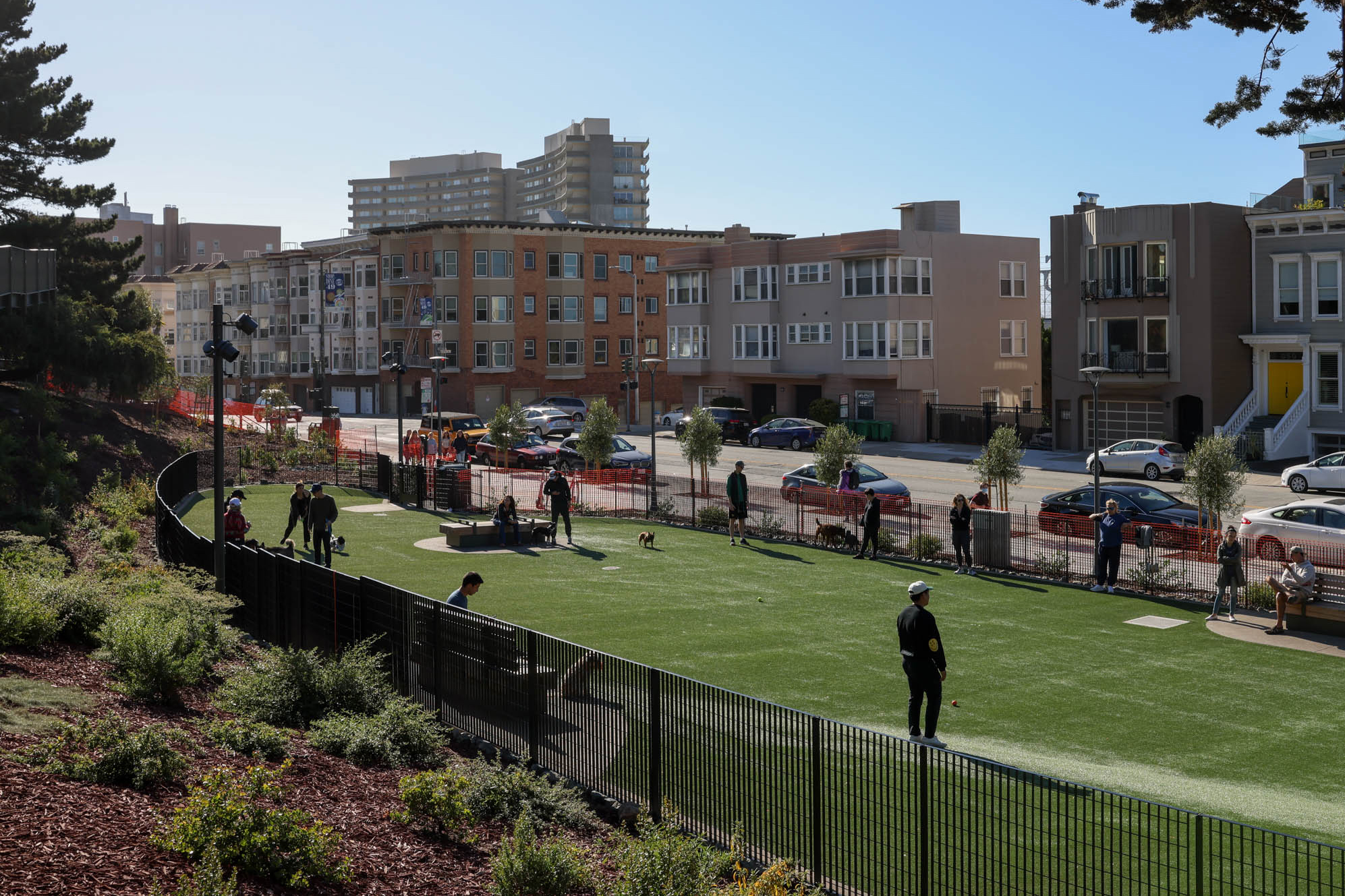The Bay Area blossomed as the nation’s work-from-home capital after the Covid pandemic drove the area’s tech companies to embrace remote models. But where people are logging on remotely for work within the region varies dramatically from county to county and neighborhood to neighborhood, according to data released Thursday by the U.S. Census Bureau.
In some Bay Area enclaves, the majority of workers clock in from home, but in others, virtually everyone still physically travels to work, according to the data.
As a whole, the Census Bureau estimates that about 735,000 of the 3.9 million Bay Area workers—19%—clocked in from home during the survey’s period. That’s far above the national work-from-home rate of 12% of American workers. The largest share of the Bay Area’s remote workers come from Santa Clara County, with 189,000 working from home, about 20% of the workforce. That may be contributing to the significant amount of empty office space in that county.
The estimates come from the latest five-year American Community Survey, which spans from 2018 to 2022. Since the survey began before the pandemic and continued through its worst years, it does not necessarily reflect the full force of the changes wrought by Covid. However, the five-year survey provides much more geographic detail than other census releases, allowing analysis at the neighborhood level.
There were three Bay Area census tracts—micro-neighborhoods used to analyze government data—where the Census Bureau estimates that the majority of workers worked from home in the week before they filled out the American Community Survey.
Leading the work-from-home pack in percentage terms was the southwest corner of Walnut Creek, where about 90 work-from-homers represented 56% of all workers in the area. About 52% of the 1,118 workers in a section of Sausalito sandwiched between Bridgeway and Redwood Highway work from home. And in the northeast section of Lafayette, about 51% of workers earned their pay without a commute.
The neighborhoods stretching into the hills in the eastern section of Dublin, north of Interstate 580, featured the largest community of work-from-homers. About 2,470 residents of that census tract worked from home, representing 41% of all workers from that district, according to the data.
The South Bay’s work-from-home hub straddles Santa Clara and Sunnyvale. In that 2-square-mile tract about 1,740 people, or roughly 48% of workers, log in from home.
Following Santa Clara’s lead was Alameda County at 170,000 (21% of workers) and San Francisco at 114,000 (23% of workers).
Meanwhile, working from home was far less common in Napa County. There, just about 7,330 people worked from home, about 11% of the workforce. And in Solano County, the 20,040 work-from-homers were about 10% of all workers.
Bay Area residents who worked from home had far higher earnings than many of their neighbors, according to the Census Bureau. That difference was most dramatic in Santa Clara County, where the median earnings of people who worked from home was about $128,000. That’s 62% higher than the countywide median income of $79,000.
Within San Francisco, sections of the Russian Hill, Marina and Financial District neighborhoods had the highest work-from-home rate, all registering above 40%.
However, significant pockets of the tech-focused city feature far fewer people working from home. That includes micro-neighborhoods where less than 3% of people worked from home, such as slices of the Bayview Hunters Point, Tenderloin, Western Addition and Excelsior neighborhoods.
The loss of commuters to San Francisco’s commercial core has led to a dramatic decline in spending at local businesses, and the tax revenue that would result. Meanwhile, the city is bracing for budget cuts as a $1 billion potential deficit looms.
